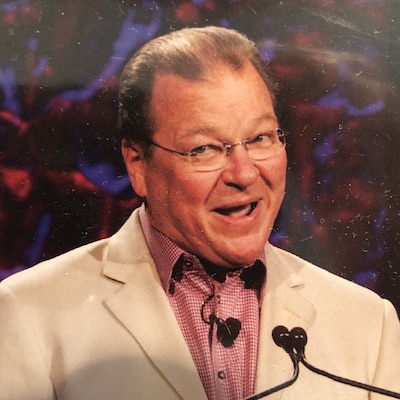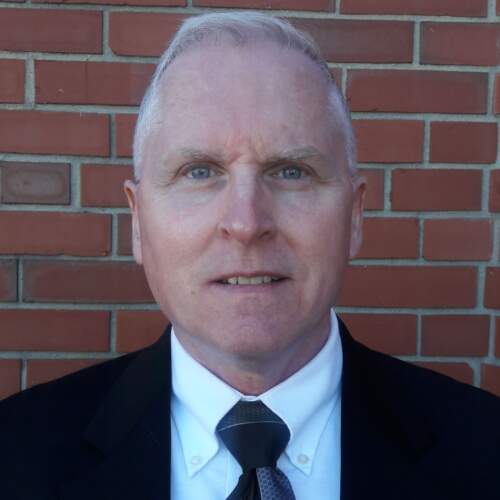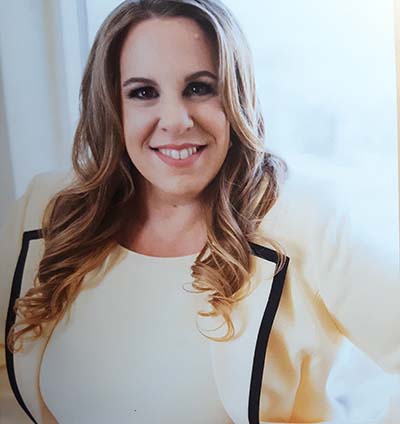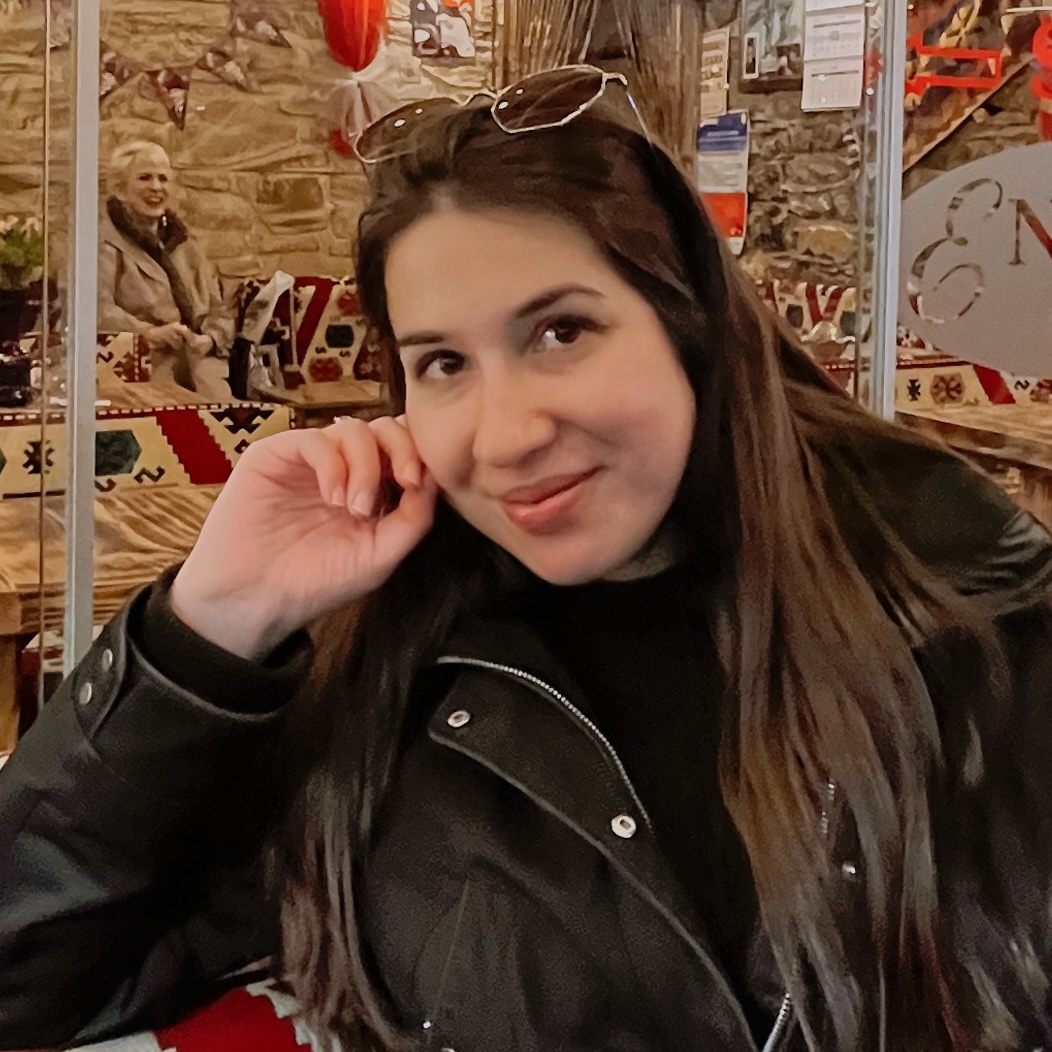A Way to Think About Athletic Department Culture
This post is for those working within an organizational context——mostly in schools. Culture is a buzz word a lot of people talk about but don’t truly understand. I hope we can provide a helpful perspective to people with our work. Culture is not something that can be changed quickly/easily. You can get behavior change fairly quickly from people but to adapt the culture of an organization is complex.
As an athletic leader, this is a helpful perspective to think about your work, where it fits in the organization, and how to make progress on challenges. Any kind of school or educational sports program may learn from this concept, which is most useful when applied to the intercollegiate setting. A researcher named Schroeder provided a helpful framework to view athletic department culture. He focused on intercollegiate athletics but I think it is helpful for anyone.
Every culture is bound by its context. Different forms of leadership will take shape within different organizations and even departments within the organization. Each will uphold its own distinct set of assumptions on how to operate. A culture may be described by an intricate interweaving of Relationships within a group or an organization. To evaluate an athletic department’s culture, one must first consider the broader institution’s culture, which both shapes and defines the environment in which the department works. Leadership and authority, as well as the institution’s internal and external environments, were the focus of Schroeder’s (2010) model.
Institutional Culture: Institutional culture is the starting point for understanding athletic culture because the former provides the latter’s boundaries and parameters (Schroeder, 2010). The overarching mission and environment of the institution provide context for the athletic department’s culture. The institution’s mission, admission standards, total enrolment, academic offerings, and religious affiliation all provide context and cultural boundaries for the athletic department’s culture. The last section on the levels of culture provides helpful insight into this…especially the underlying assumptions section.
External Environment: The external environment includes media, professional leagues, fans, boosters, sport-governing organizations, athletic conferences, and the overall national athletic culture (Schroeder, 2010).
Athletic Department Internal Environment: While an athletic department can operate under the influence and umbrella of the institutional culture and external environment, it often has its own departmental environment that mediates cultural development. The factors within the internal athletic department environment can include the mission of the department, artifacts, subcultures, and the history of the department (Schroeder, 2010).
Leadership and Power: Culture is created and established in the early stages of an organization and embedded by leaders. Conversely, once a culture is established, that culture specifies the type of leadership that is appropriate.Therefore, to understand and assess organizational culture, cultural and leadership elements must be studied together. Further, understanding who and what parts of the organization hold the power is essential to understanding the cultural dynamics of the organization.
Things That Are Making Us Think
My good friend Dr. Jesse Godding of Nelson University shared a Malcolm Gladwell podcast with me last week that dives into a youth sport culture and gender issues within athletics. Interesting listen.
There is a lot of talk and research about athletes “getting in the zone”. Problem is, this doesn’t happen a lot. I just starting reading a book called “Optimal” which explores the level below “the zone” which the author says is a state athletes (and organizations) can get in more consistently.
























